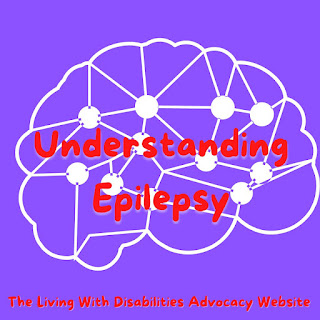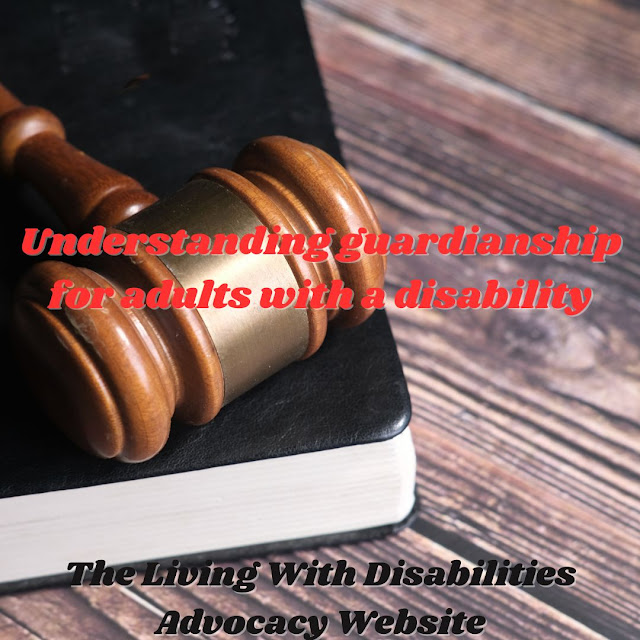Understanding Epilepsy
First, welcome to the Living With Disabilities Advocacy Website. It's run by none other than Katrina Smith, a person with a learning disability. Her mission behind Living With Disabilities is to bring awareness to all people with disabilities.
Today, Living With Disabilities wants to talk about Understanding Epilepsy.
What is epilepsy? A neurological condition of the brain that is characterized by different seizure patterns. The nerve cells' activity is disruptive, causing seizures. A genetic condition or an acquired brain injury, such as a stroke or trauma, can cause seizures.
A person has strange behavior, symptoms, and sensations during a seizure, which can occasionally cause unconsciousness. Between seizures, there are few symptoms.
Medication is typically used to treat epilepsy, though occasionally surgery, gadgets, or dietary changes are also used.
What are the symptoms of Epilepsy?
- Temporary confusion.
- staring spell.
- Stiff muscles.
- uncontrollably jerking movements of the arms and legs.
- loss of consciousness or awareness.
- psychological symptoms of fear, anxiety, or déjà vu.
According to how and where the abnormal brain activity starts, doctors typically categorize seizures as either focal or generalized.
- Absence seizures: Petit mal seizures, as they were formerly named, usually affect children. They only endure for 5 to 10 seconds and are characterized by blank stares, with or without slight body movements like eye blinking or lip smacking. These seizures can happen in clusters, up to 100 times each day, and they can cause a momentary loss of awareness.
- Tonic Seizures: Tonic seizures generate tense muscles, which could impact awareness. Your back, arms, and legs are typically affected by these seizures, which might make you lose your balance and fall to the ground.
- Atonic Seizures: sometimes known as drop seizures, result in a loss of control over the muscles. You frequently collapse or drop to the ground as a result of this since it most frequently affects the legs.
- Clonic Seizures: Clonic Seizures are related to jerking, repetitive, recurrent muscular movements. The arms, face, and neck are typically affected by these seizures.
- Myoclonic Seizures: Myoclonic seizures frequently manifest as quick, short jerks or twitches that affect the arms, legs, and upper body.
- Tonic-Clonic Seizures: The most severe kind of epileptic episodes, formerly known as grand mal seizures. They may also cause the body to jerk, twitch, or shake, as well as an abrupt loss of consciousness. Sometimes they make you lose control of your bladder or make you bite your tongue.
- More than five minutes pass throughout the seizure.
- After the seizure has ended, neither consciousness nor breathing has returned.
- A second seizure immediately follows.
- Have a very high fever.
- (Females) If you are expecting.
- If you have diabetes.
- If you injured yourself during a seizure episode.
- despite taking anti-seizure medication, you still get seizures.
Living With Disabilities will not leave you hanging here, stay continue to part 2 of Understanding Epilepsy.
https://anchor.fm/livingwithdisabilites/episodes/Understanding-epilepsy-e1m2f5s




Comments
Post a Comment